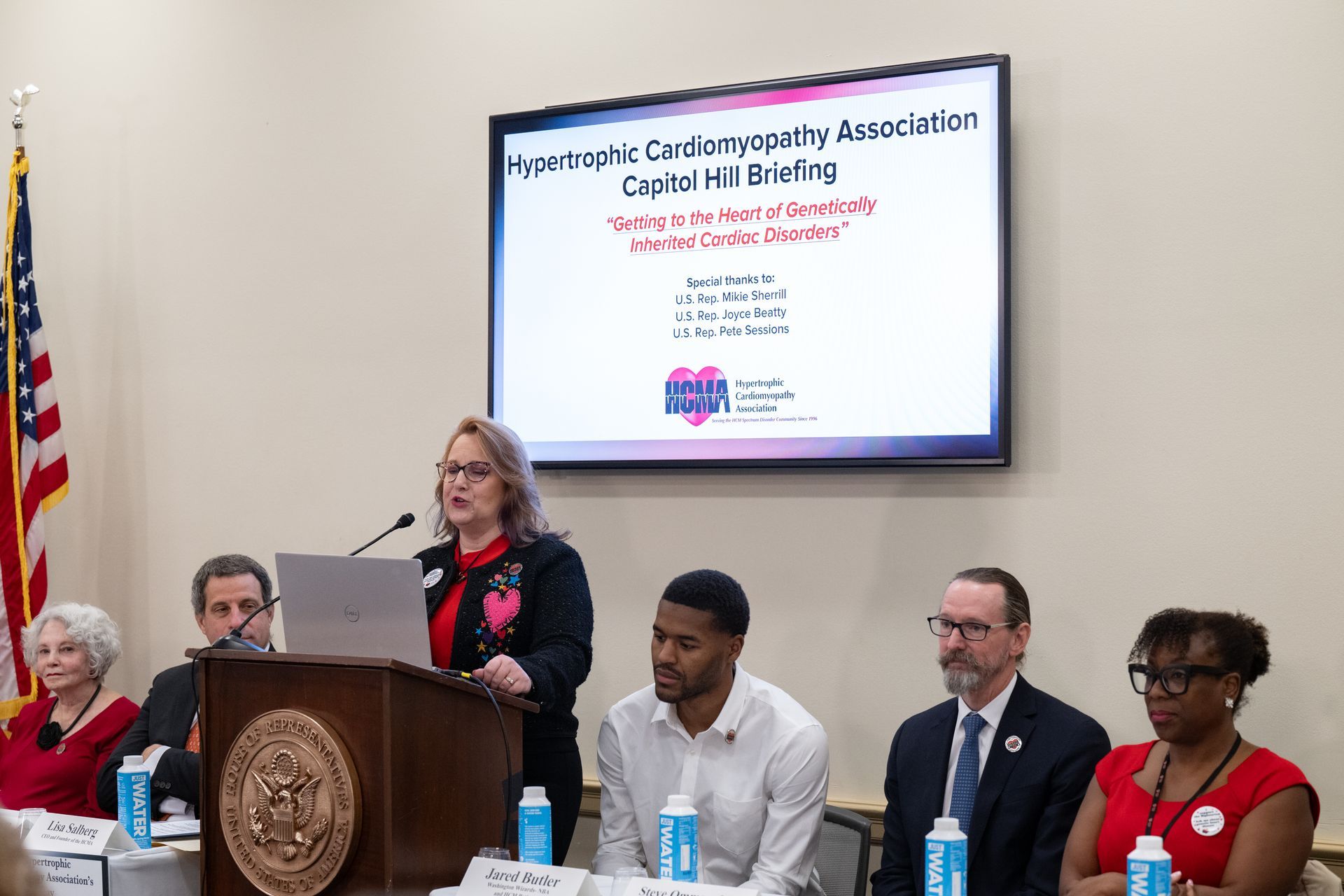We understand how challenging it can be to manage life with HCM, and we want to lend a hand.
As such, this is the first in a series of short articles to help to get you started concerning
issues such as a 504 plan for your child’s school. Other examples are, what qualifies you for
Social Security Disability Insurance benefits, or what you are entitled to as far as the Family
Medical Leave Act (FMLA). As always, if you have any questions, please contact the office at
(973) 983-7429.
Sample 504 Plan for HCM
As a school official, I will assume that you are aware of 504 plans which come from Section 504
of the Rehabilitation Act of 1973. In summary, a 504 plan includes accommodations that
promote student success academically and behaviorally in the classroom. Hypertrophic
Cardiomyopathy (HCM) meets the criteria for a disability under this law, and therefore, the
student is eligible for accommodations. (1)
HCM is the second most common form of heart muscle disease affecting children and
adolescents and is a leading cause of sudden death in young athletes. The cause of HCM
varied in children. However, most cases of HCM in childhood are caused by changes in cardiac
(heart) protein genes. (2)
The diagnosis of HCM in infants is often made during a check for a heart murmur or heart
failure. Older children are usually referred for symptoms, such as abnormal ECGs, and
echocardiograms. Sometimes it may be that a child is found to have HCM after being screened
after a relative was diagnosed. (3)
● Allow the child to have and fill water bottles as needed. A lack of water can
result in serious cardiac issues.
● Ensure automated external defibrillator(s) are available and operational to quickly
get to a child who is having an event. Depending on the size and layout of your
school, multiple units might be necessary.
● Put plans in place to allow someone to start CPR until the defibrillator is
retrieved. Having this plan in place will allow lifesaving efforts to start with no lag
time for getting the defibrillator.
● Consider implementing ‘Hands-only CPR in Schools Training’ and defibrillator
training too if applicable.
● Allow the child to take part in physical education classes, but modify the activity
level, thereby allowing her/him to be active but not stressed or isolated from their
peers.
● Allow more time to take tests, particularly standardized tests as some of their
medication can cause dizziness, weakness, drowsiness, or fatigue. For
example,
● Allow more time for HCM children to get from one classroom to another. The
increased time will depend on how big your school is and how congested the
halls are between classes.
Having our HCM children well hydrated, granting a few needed allowances, and implementing
the appropriate equipment and training, will help ensure we are keeping our children safe.
With these minor revisions and requests, we can save lives- very young lives. Some schools
may already have invested in this equipment and training. Find out if your child’s school is one
of them. By having these devices on-site, students, faculty, maintenance workers, and visitors
will all have a better chance of surviving a cardiac event.
- “Fact Sheet: Disability Discrimination.” US Equal Employment Opportunity Commission,
15 Jan. 1997, https://childrenww.eeoc.gov/laws/guidance/fact-sheet-disability-
discrimination - JP;, Moak JP;Kaski. “Hypertrophic Cardiomyopathy in Children.” Heart (British Cardiac
Society), U.S. National Library of Medicine,
https://pubmed.ncbi.nlm.nih.gov/22591735/#:~:text=Hypertrophic%20cardiomyopathy%2
0%28HCM%29%20is%20the%20second%20commonest%20form,errors%20of%20met
abolism%2C%20neuromuscular%20disorders%20and%20malformation%20syndromes - Moak, Jeffrey P, and Juan Pablo Kaski. “Hypertrophic Cardiomyopathy in Children.”
Heart, BMJ Publishing Group Ltd and British Cardiovascular Society, 15 July 2012,
https://heart.bmj.com/content/98/14/1044
The post 504 Plans and HCM appeared first on Hypertrophic Cardiomyopathy Association.
HCMA Blog


 Translate
Translate
